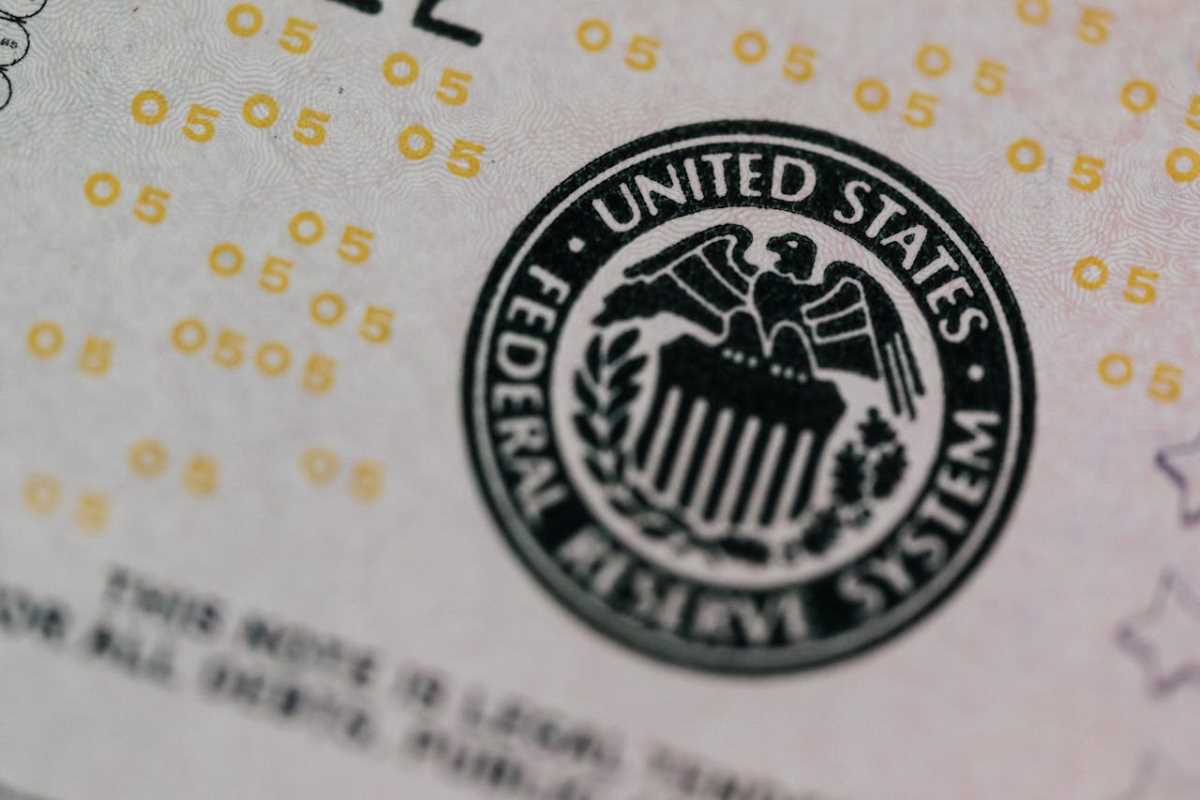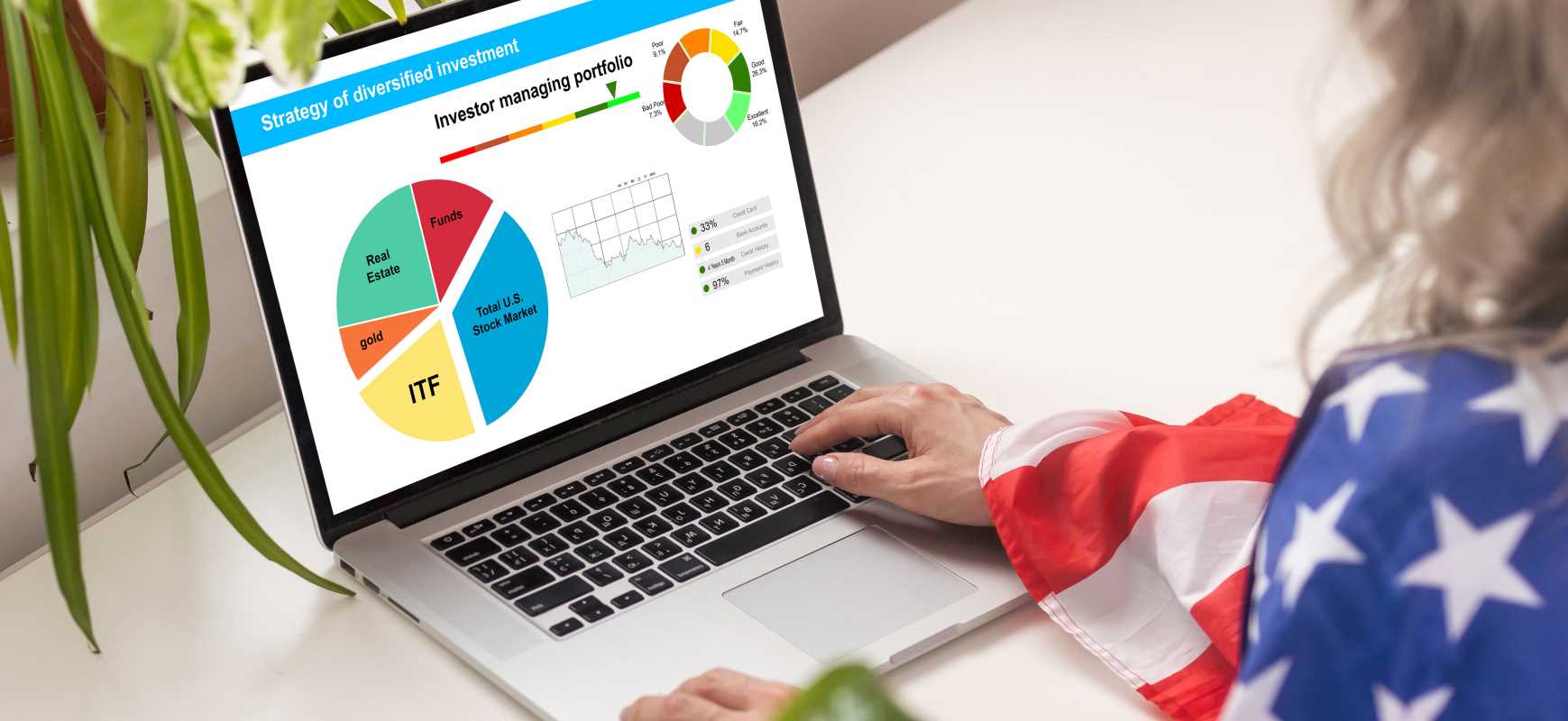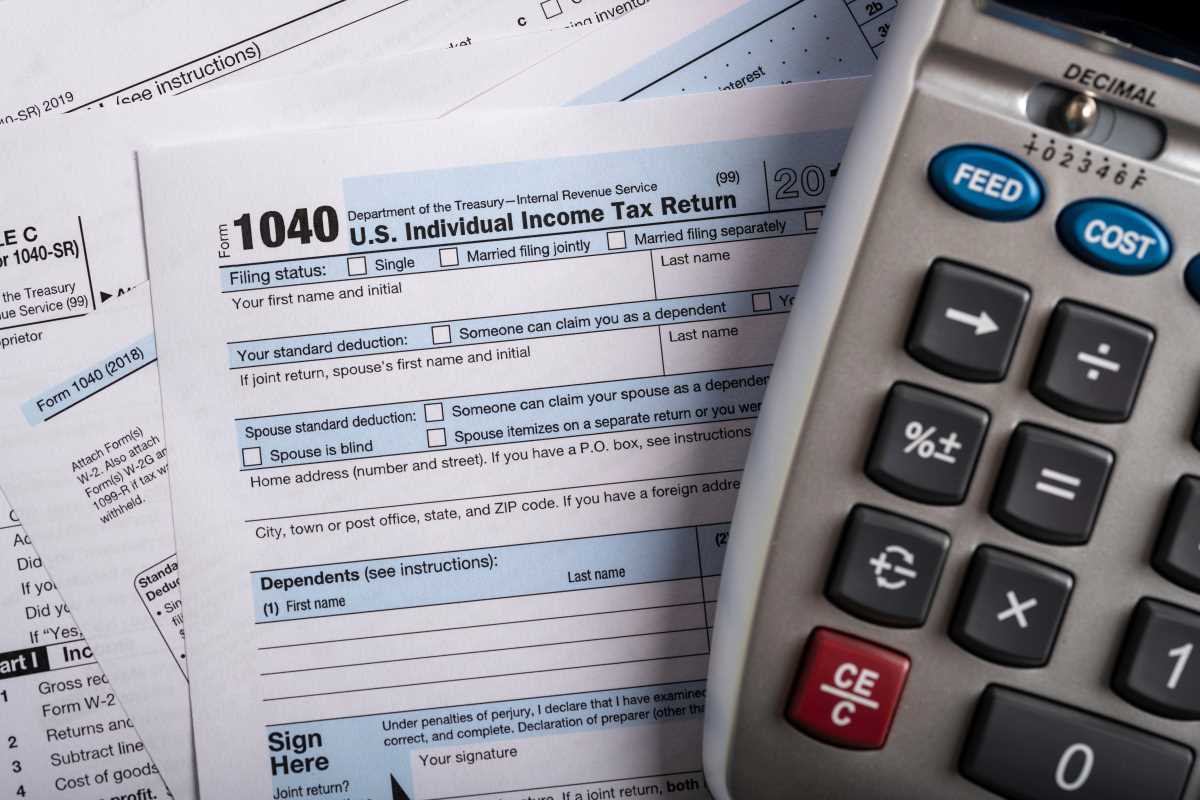Budgeting is an essential component of managing personal finances, and many different methods are available to individuals who want to take control of their spending. One popular approach to budgeting is cash-based budgeting, where individuals use physical cash to track and limit their expenses. This method contrasts with digital or electronic budgeting, typically involving using credit cards, bank accounts, or apps to track expenditures. Cash-based budgeting has gained attention for its simplicity, discipline, and tangible approach to money management, but it also has its drawbacks. In this article, we will explore the pros and cons of cash-based budgeting and how it can work for some people while being less effective for others.
The Basics of Cash-Based Budgeting
Cash-based budgeting is as straightforward as it sounds: you use cash to pay for everything within your budgeted categories. At the beginning of each budget period, you withdraw a set amount of cash and divide it into envelopes or categories (for example, groceries, dining out, or entertainment). Once the cash in a category is spent, you cannot spend any more in that category until the next budget cycle. This method strongly emphasizes physical currency and encourages you to stick to spending limits by making you more aware of how much money you are using. Unlike credit cards, which can give the illusion of infinite funds, cash provides a tangible, limited resource that can help curb overspending.
Pros of Cash-Based Budgeting
1. Increased Awareness of Spending
One of the most significant benefits of cash-based budgeting is the awareness it creates regarding your spending habits. When you use cash, you physically handle the money, which makes it harder to ignore your purchases. It’s a concrete representation of your finances, making the process of spending feel more deliberate. Unlike digital transactions, where purchases can sometimes feel detached from the physical act of spending, cash demands more attention. This heightened awareness can help you avoid impulse purchases and help you stick to your budget more easily.
2. Better Control Over Spending
When using cash, you can see exactly how much money is available in each category. This makes it easier to make spending decisions without relying on calculations or estimates. You know when you’ve run out of cash in a specific category, which means there is no temptation to overspend. This “out of sight, out of mind” concept can significantly curb excessive spending. With credit cards, it’s easy to charge something without considering how it affects your overall budget. With cash, once the envelope is empty, the spending is over until the next cycle, giving you greater control over your finances.
3. Reduced Risk of Debt
Cash-based budgeting encourages living within your means. Since you are not borrowing money to make purchases, there is less risk of accumulating debt. In a world where credit cards are often seen as a convenient solution to short-term financial needs, cash-based budgeting offers an alternative that prevents the temptation to overspend and go into debt. When you spend with cash, there is no need to worry about the interest rates and fees associated with credit cards. Your budget is set based on the money you actually have, which keeps you grounded in financial reality.
4. Encourages Saving
When using cash, the process of withdrawing your budgeted amount for the month encourages saving. If you stick to your categories and avoid overspending, you may find that you have some leftover cash by the end of the month. This leftover money can be saved or used for a specific goal, such as paying down debt or building an emergency fund. The tangible nature of cash can create a sense of accomplishment and motivation to save, as seeing physical currency accumulate can feel like a reward for good budgeting.
5. Simplicity and No Need for Technology
Cash-based budgeting is incredibly simple and requires no technology or complex tools. You don’t need to track digital transactions or worry about syncing accounts. As long as you have cash on hand and the discipline to stick to your budget, you can manage your finances without any technological hurdles. For those who may not be comfortable with technology or prefer a more traditional approach, cash budgeting can be a straightforward and effective option.
Cons of Cash-Based Budgeting
1. Inconvenience in the Digital Age
In today’s increasingly digital world, cash-based budgeting can feel inconvenient. Many purchases, particularly online or at larger retail chains, are made with credit or debit cards. Cash doesn’t always fit into this model, and not all businesses accept it, especially for larger transactions or in international settings. Cash-based budgeting can be a cumbersome approach to managing finances for those who rely on digital payments for convenience or security reasons. Cash doesn’t work for subscriptions or recurring payments, which have become a standard way of paying for services like streaming, utilities, and gym memberships. Many people simply find it easier to set up automated payments with credit or debit cards, especially when cash isn’t accepted for these kinds of expenses.
2. Risk of Losing Cash
A notable downside of using cash for budgeting is the risk of losing it. Unlike digital funds, which are usually protected by security measures, physical cash cannot be replaced once lost or stolen. This could be a significant inconvenience, especially if you rely on cash to manage your finances. If your cash is misplaced, it may be gone for good, leaving you with no recourse. The inability to trace lost or stolen funds can be unsettling for some, especially when large amounts of cash are involved.
3. Limited Flexibility for Unforeseen Expenses
While cash-based budgeting offers greater control, it can also be less flexible in the face of unexpected expenses. If something urgent or unexpected arises, such as an emergency medical bill or an opportunity for an unexpected purchase, you may find yourself unable to cover it. In contrast, with credit or debit cards, you may have more flexibility to cover unplanned expenses and pay them off over time. Cash budgeting requires greater discipline, and if you haven't planned for every eventuality, you may not be able to make those spontaneous purchases or cover sudden costs without busting your budget.
4. Difficulty Tracking Expenses
Although cash budgeting increases awareness of your spending habits, tracking exactly where your money is going can be harder. Without a digital record of transactions, you might forget where you spent money or misplace receipts. This lack of detailed tracking can make it difficult to identify areas where you could improve your budget. For those who prefer to have an overview of their expenses in real-time, cash-based budgeting lacks the automatic categorization and visual tracking provided by apps and software. Manual tracking may be tedious and time-consuming, especially if you’re not inclined to keep every receipt or log every purchase.
5. Limits on Earning Rewards
Many credit cards offer rewards programs that allow you to earn points, cashback, or other incentives for purchases made. Cash-based budgeting completely eliminates the opportunity to earn these rewards, which could be a downside for individuals who want to take advantage of these programs. While the primary focus of cash budgeting is discipline and control, those who enjoy the perks of credit card rewards may find it difficult to part with the convenience and financial benefits that come with digital payments.







